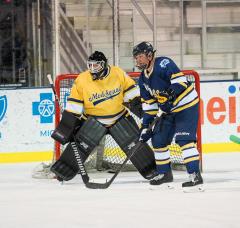IPv6Freely last won the day on March 27 2025
IPv6Freely had the most liked content!

IPv6Freely replied to dsjunior1388's topic in Ice Hockey Equipment

IPv6Freely replied to The Dude's topic in General Hockey Discussions

IPv6Freely replied to iceman8310's topic in Ice Hockey Equipment

IPv6Freely replied to iceman8310's topic in Ice Hockey Equipment

IPv6Freely replied to iceman8310's topic in Ice Hockey Equipment

IPv6Freely replied to Paluce's topic in Ice Hockey Equipment

IPv6Freely replied to Paluce's topic in Ice Hockey Equipment

IPv6Freely replied to dsjunior1388's topic in Ice Hockey Equipment
